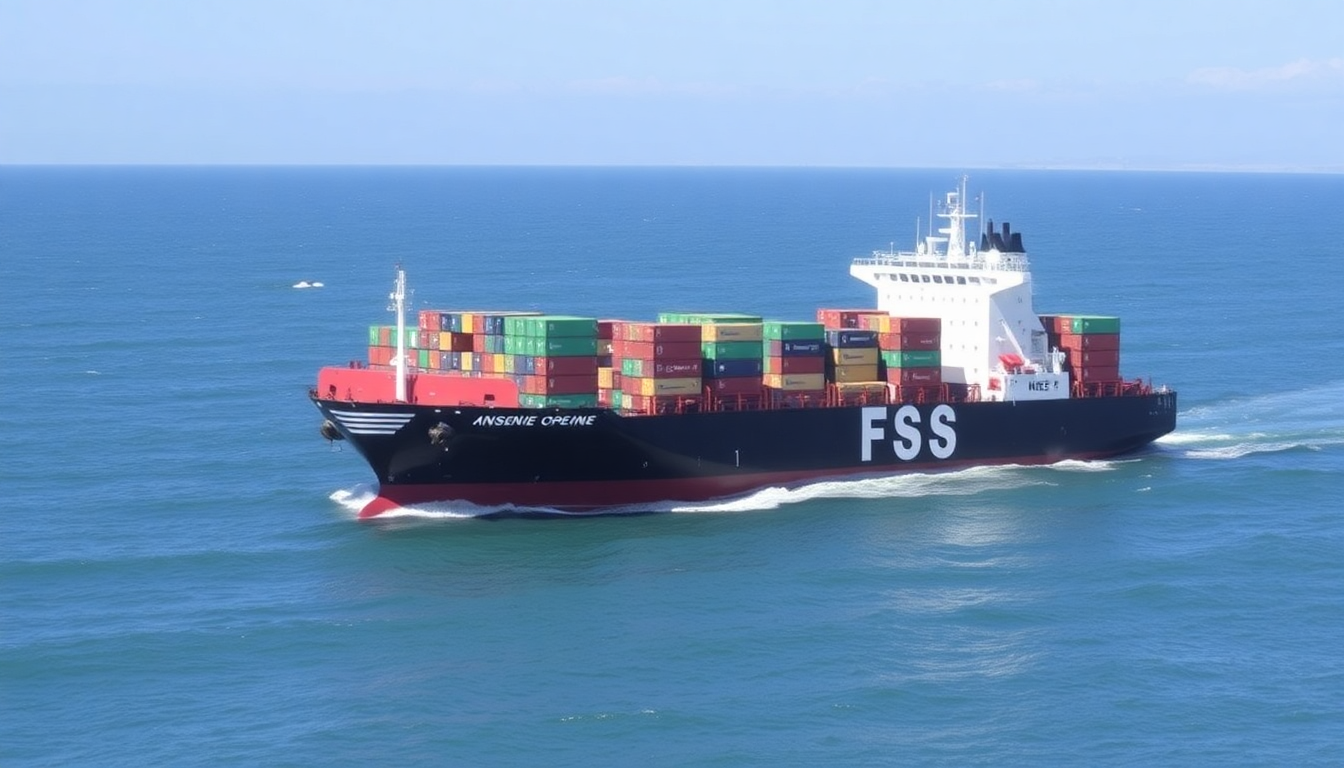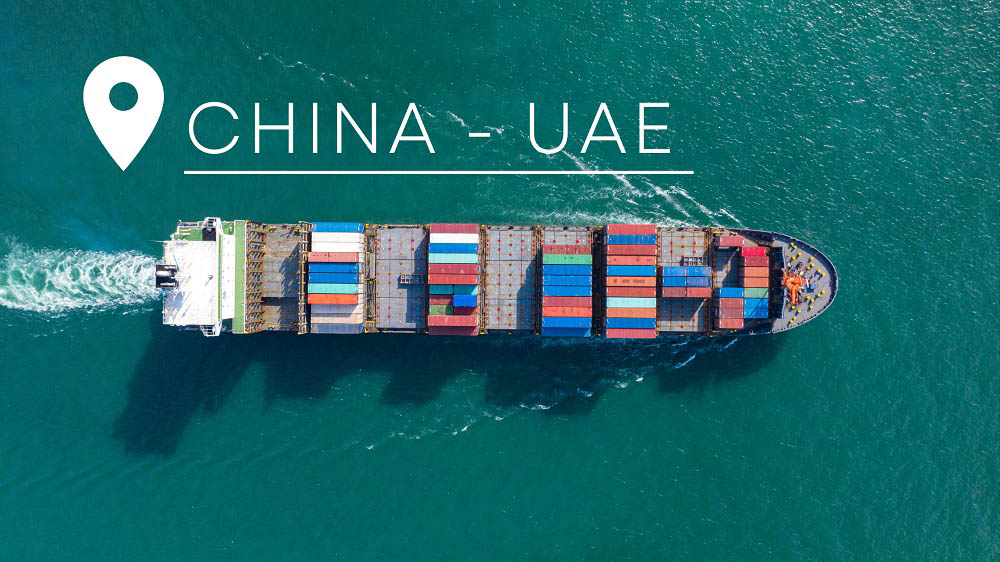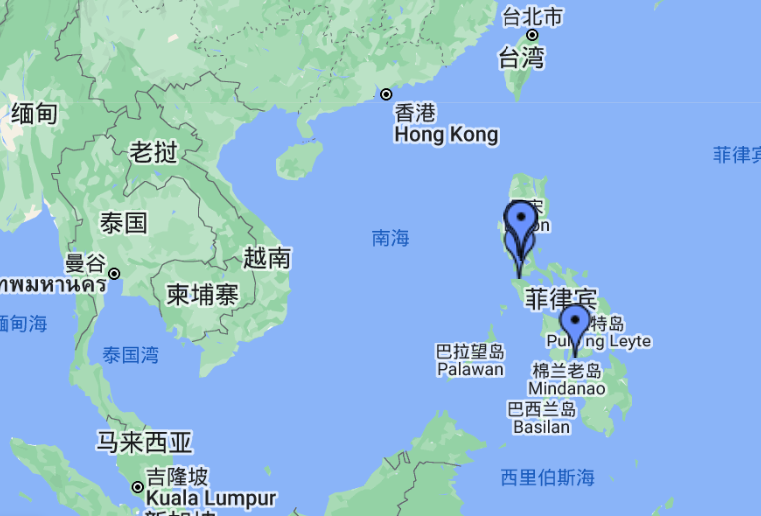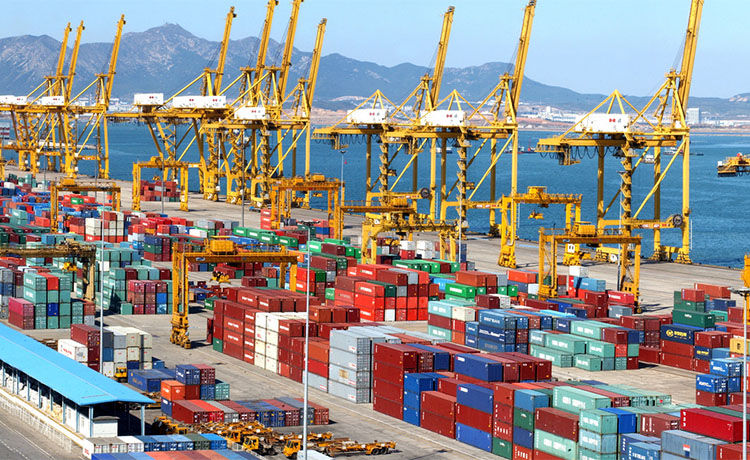Trump’s Tax Hike Combined with Extension of the Tax-Deferral Period
The Return of “Tariff Diplomacy”: What Happened?
On July 7th, U.S. President Donald Trump sent formal letters to 14 countries—including Japan, South Korea, South Africa, and several Southeast Asian nations—threatening to impose new tariffs on imports starting August 1st. Hours later, he signed an executive order extending the tax-deferral window, known as the “reciprocal tariff pause,” from July 9 to August 1.
This dual move reflects both pressure and pragmatism. While Trump has actively pushed for renegotiated trade terms since returning to office, negotiations have lagged behind expectations. So far, only Vietnam and the United Kingdom have tentatively reached agreements with the U.S., and even those are pending final terms.
Who Is Targeted and What Are the Proposed Tariffs?
According to the letters published on Trump’s “Truth Social” platform, the U.S. plans to apply steep tariffs on goods from these 14 countries:
| Country | Proposed Tariff Rate |
|---|---|
| Japan, South Korea, Kazakhstan, Malaysia, Tunisia | 25% |
| Bosnia and Herzegovina, South Africa | 30% |
| Indonesia | 32% |
| Bangladesh, Serbia | 35% |
| Cambodia, Thailand | 36% |
| Laos, Myanmar | 40% |
Trump stated that these tariffs are lower than the level required to correct U.S. trade deficits, but are necessary for national economic and security interests. He also warned that any retaliatory tariffs from other nations would be met with matching increases.
The Real Message: Build in the U.S. or Pay Up
In his letters to Japanese Prime Minister Shigeru Ishiba and South Korean President Lee Jae-myung, Trump emphasized that companies can avoid tariffs by relocating production to the United States. He assured expedited permit approvals, often “within weeks,” to facilitate relocation.
Trump framed trade imbalances as national security concerns, vowing that any circumvention via third-party countries would result in even higher tariffs.
Delayed, Not Dismissed: Deferral Extended to August 1
To give negotiating partners more time, Trump signed an executive order delaying the tariff implementation deadline from July 9 to August 1. The delay is partly strategic: several U.S. officials, including Treasury Secretary Vincent Benson, hinted at flexibility while still applying pressure.
“If you want to move faster—act now,” Benson said in a CNN interview, underscoring that tariffs could revert to their original April-announced “reciprocal” levels if no deal is struck by August.
How Are Negotiations Progressing?
Progress has been mixed, and in most cases, slow:
- Japan: Talks are ongoing but without major breakthroughs. The Japanese PM stated Japan is “fully prepared” to defend its interests.
- South Korea: President Lee admitted negotiations were “extremely difficult,” with unclear objectives on both sides.
- EU: The European Commission signaled readiness for a principle-based agreement but warned of retaliatory action if talks collapse.
- India: India notified the WTO of its plan to introduce retaliatory tariffs against U.S. imports, including cars and parts.
- South Africa: President Ramaphosa urged diplomatic resolution but acknowledged the possibility of adjusting tariffs if talks succeed.
- Vietnam: Suggested that the U.S. officially recognize it as a market economy and ease export restrictions on tech goods.
What’s at Stake: Trade, Tech, and the U.S. Consumer
According to U.S. Department of Commerce data, in 2023 the U.S. imported $351 billion worth of goods from the 14 targeted countries. Japan and South Korea alone accounted for $280 billion, largely in automobiles, semiconductors, and pharmaceuticals.
Examples of dependency:
- South Africa supplies nearly 50% of U.S. platinum imports.
- Malaysia is the second-largest supplier of semiconductors, exporting $18 billion worth in 2023.
Analysts warn that higher tariffs will ultimately hit U.S. consumers, increasing prices on everything from cars to electronics. The Associated Press noted that Trump’s letters may not represent final policy but are clearly escalating the situation.
Economic Impact: Markets Already Responding
On the day the tariff letters were sent, U.S. financial markets reacted sharply:
- Dow Jones: -422.17 points (-0.94%)
- S&P 500: -0.79%
- Nasdaq: -0.92%
Investor sentiment is increasingly cautious, with fears that renewed trade wars may trigger global economic slowdown or even recession. Trump, however, insists that tariffs will revive domestic manufacturing and help fund future tax cuts.
Conclusion: Tax Diplomacy as Leverage
Trump’s latest tariff move marks a return to the “America First” trade playbook: leverage tariffs as a negotiating tool, pressure allies, and incentivize domestic production. But the stakes are higher in 2025. With fragile global recovery and complex supply chains, each tariff adjustment could reverberate through multiple industries and economies.
As the August 1 deadline approaches, the world watches: will negotiations succeed—or will the U.S. reignite a global tariff war?
GET IN TOUCH









